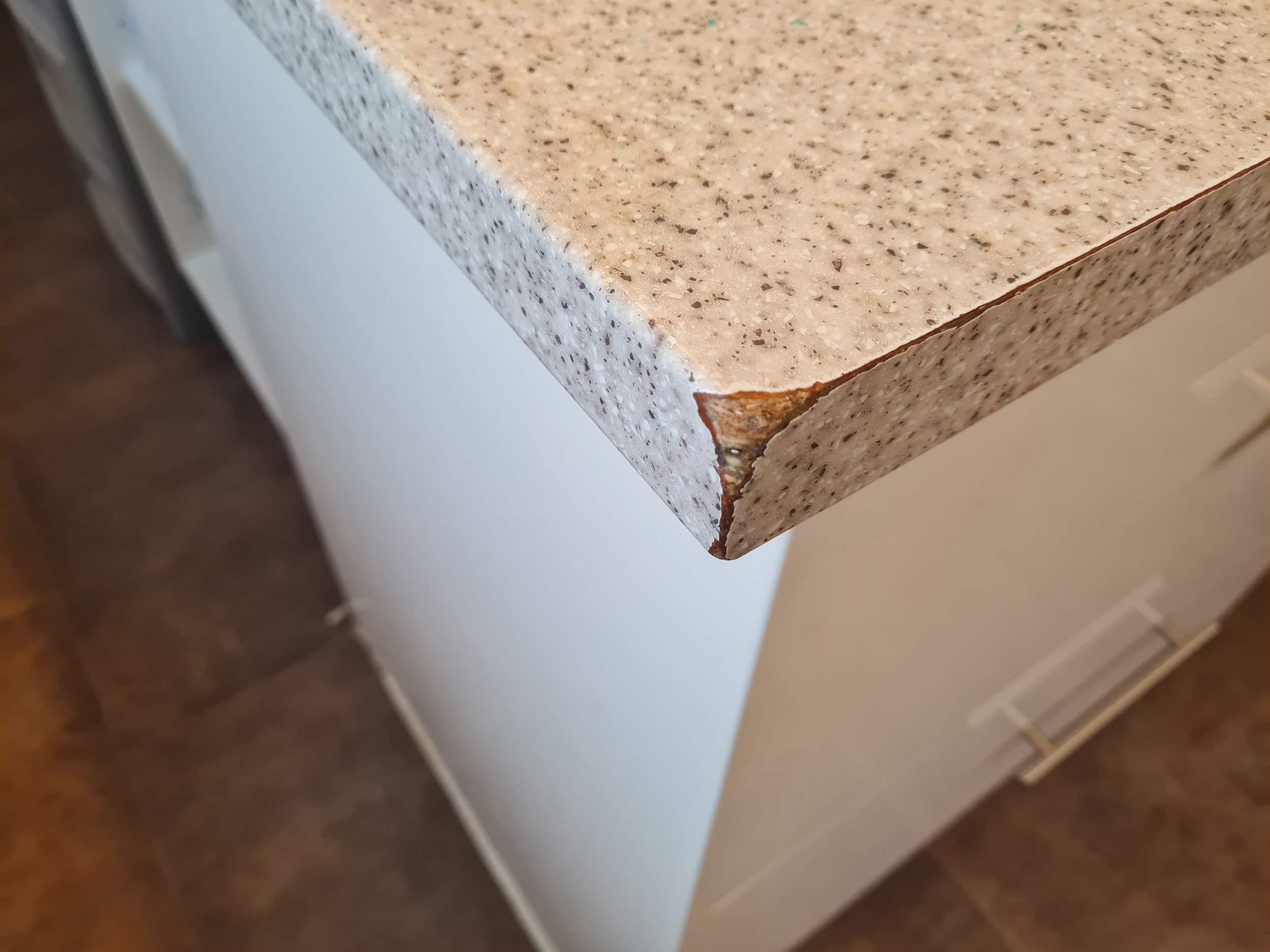
SERVICES:
Multi-Surface Repairs & Construction Snags by desnagging.com understand the importance of delivering high-quality construction projects that are free from defects and errors. However, we also acknowledge that despite meticulous planning and execution, snags can occur during the construction process, which may compromise the aesthetics and functionality of a building. Below is a list of common surfaces that we repair for construction companies. This list is by no means exhaustive.
-
GLASS
Scuffs and scratches in glazing units.
____
ALUMINIUM, uPVC & GRP SURFACES
Damage to windows, doors and curtain walls.
____
BRICK & MORTAR
Repair damaged or discoloured brick or mortar.
____
FURNITURE & FLOORING
Repair damage to furniture and flooring. Wood, metal, plastic or composite surfaces.
____
CLADDING & PANELLING
Repairs to hygiene panels and exterior cladding.
____
STAINLESS STEEL
Scratches and polishing stainless steel surfaces.
____
STONE & TINTING
Repair stone surfaces and tinting.
____
SINKS, SHOWER TRAYS & BATHS
Repairs to damaged sinks, shower trays and baths.

FREQUENTLY ASKED QUESTIONS:
-
When a new build property is snagged, it is checked for defects, poor workmanship, and more serious issues that would fail building regulations.
Nearly anything can be snagged in a snagging survey. In addition to examining the construction process for broken or damaged items, snagging inspectors also evaluate how well fixtures and fittings were installed, as well as the quality of the building and decorating finishes.
-
According to UK/Ireland guidelines, new home owners have up to two years from completion to snag their property. However, snagging surveys should be conducted before completion to avoid any unnecessary conflict between home owners and developers
-
Although home owners can perform their own snagging checks, professional inspectors are much more likely to spot defects and potential problems than the average homeowner. A professional surveyor allows peace of mind that all areas of your new home are up to the standard that you have paid for, for the years to come. Many issues are not visible by the naked eye and require specialised equipment.
